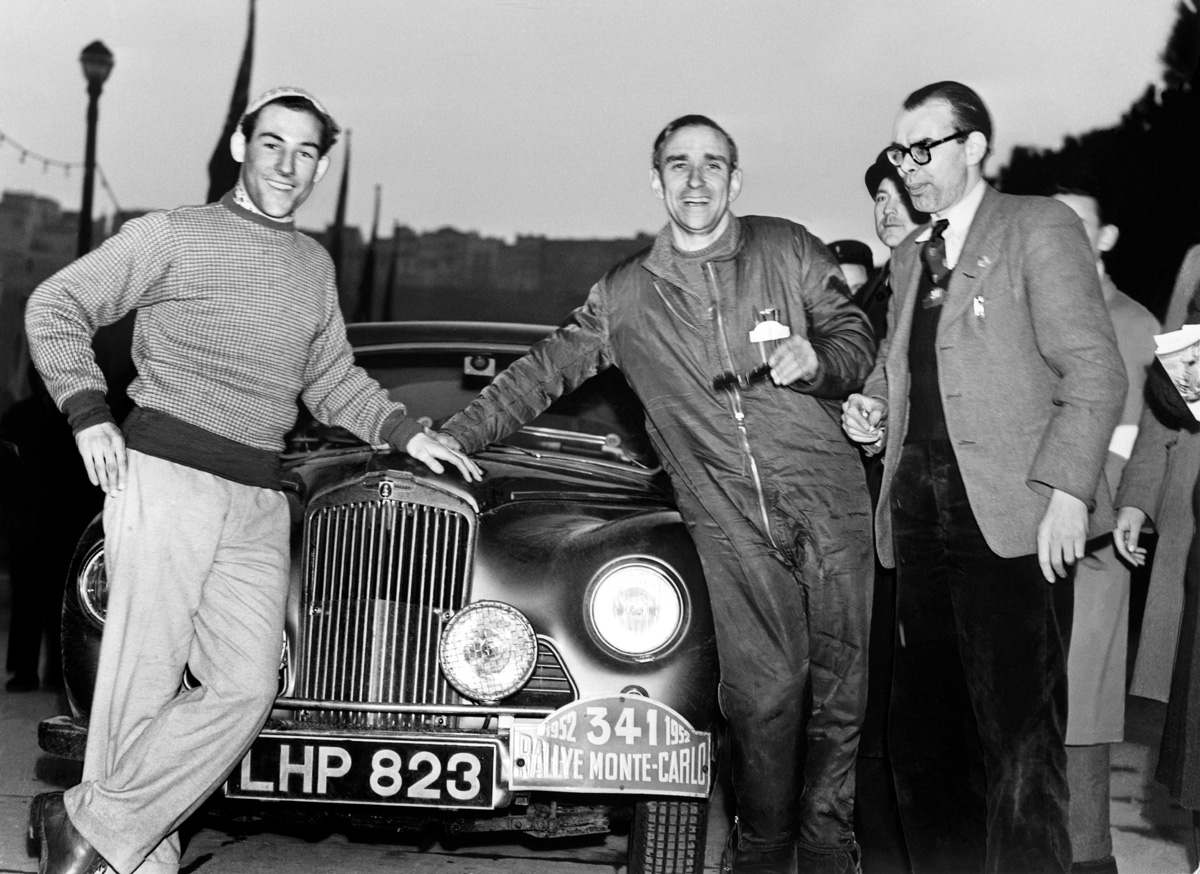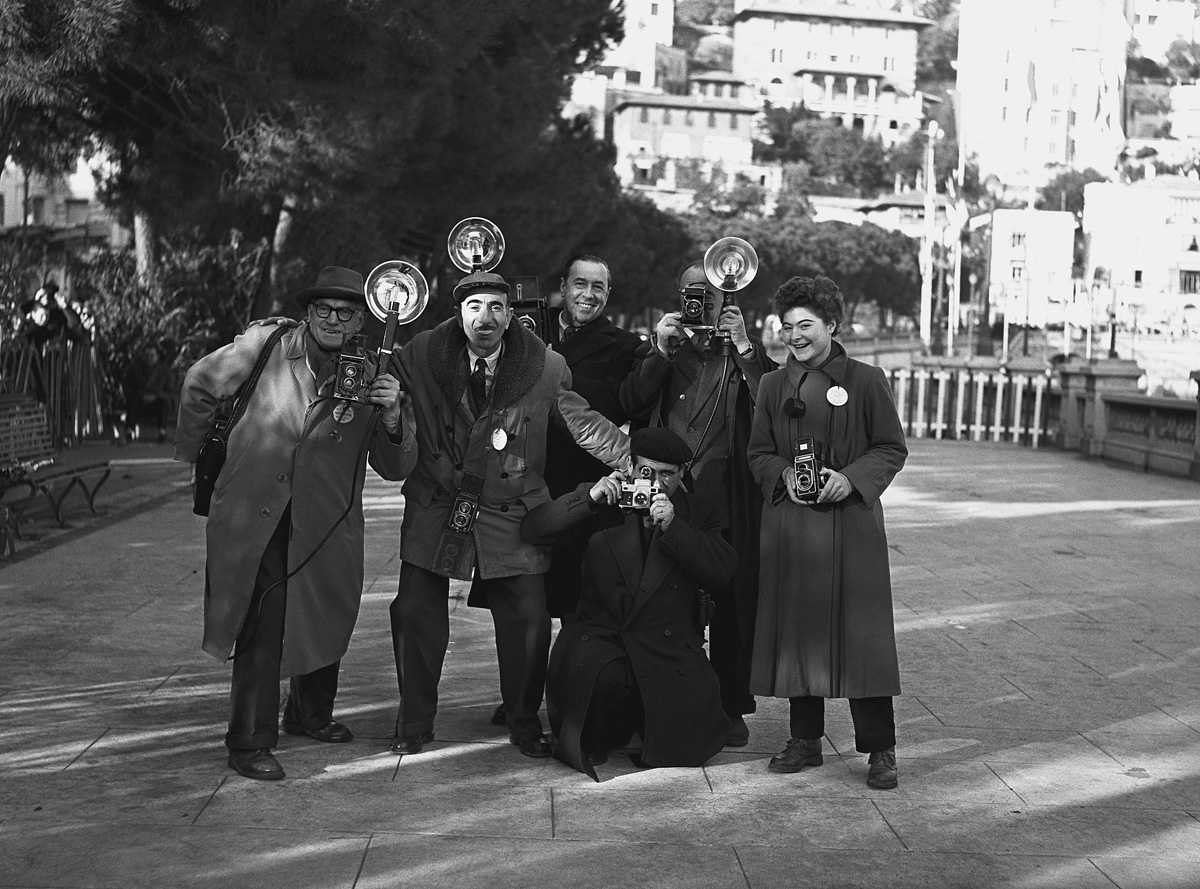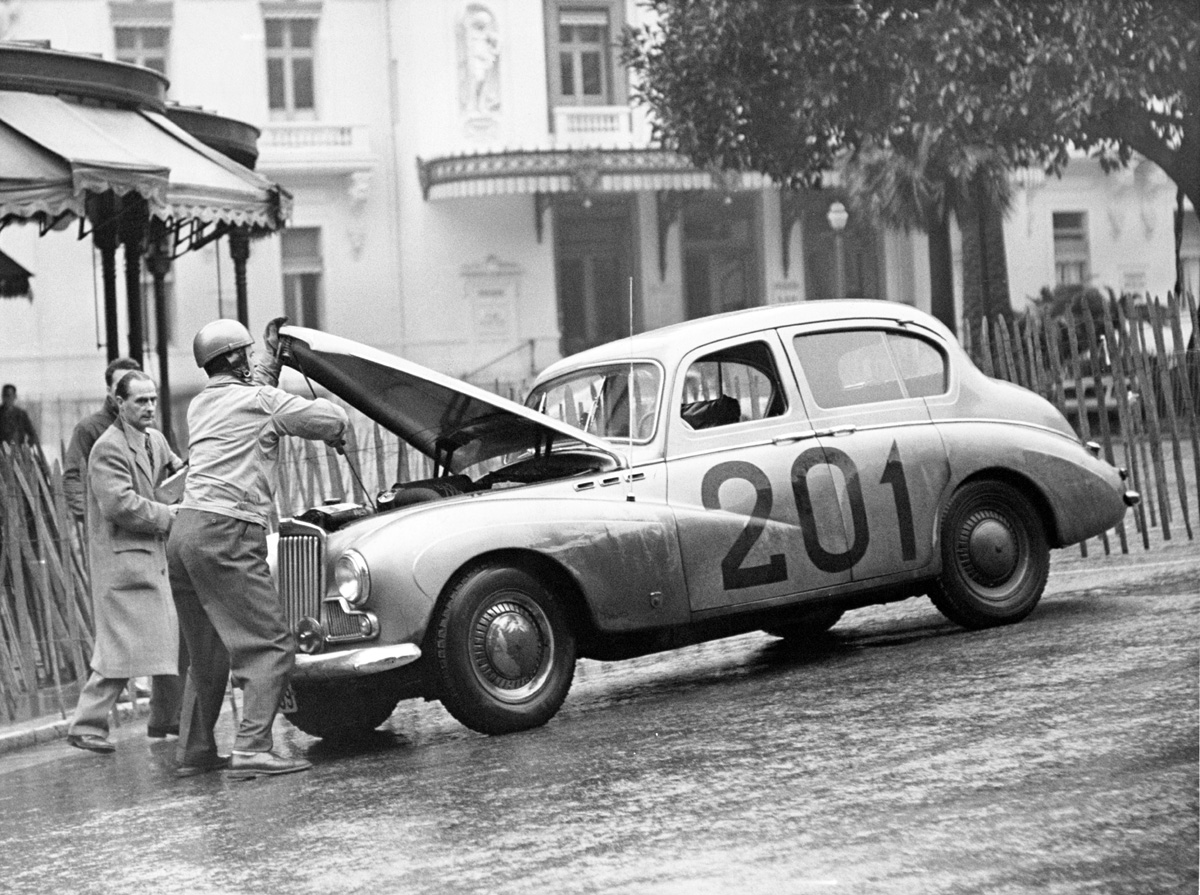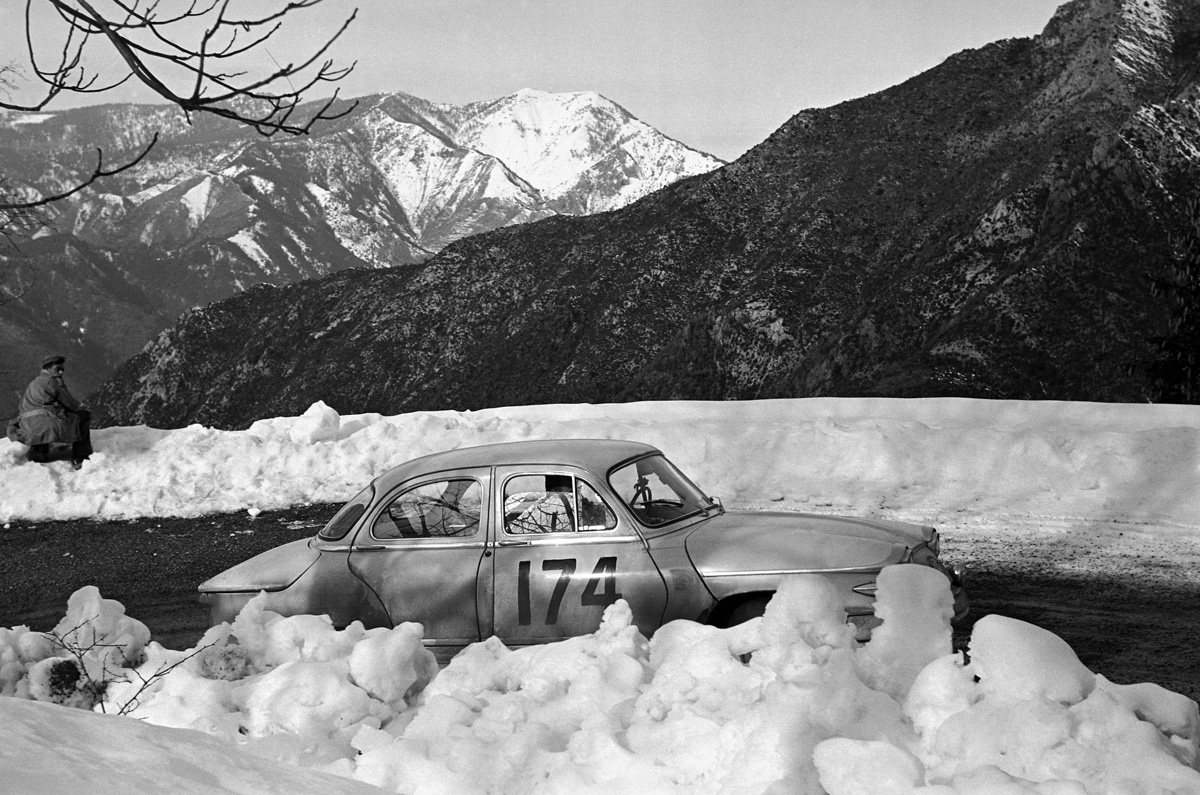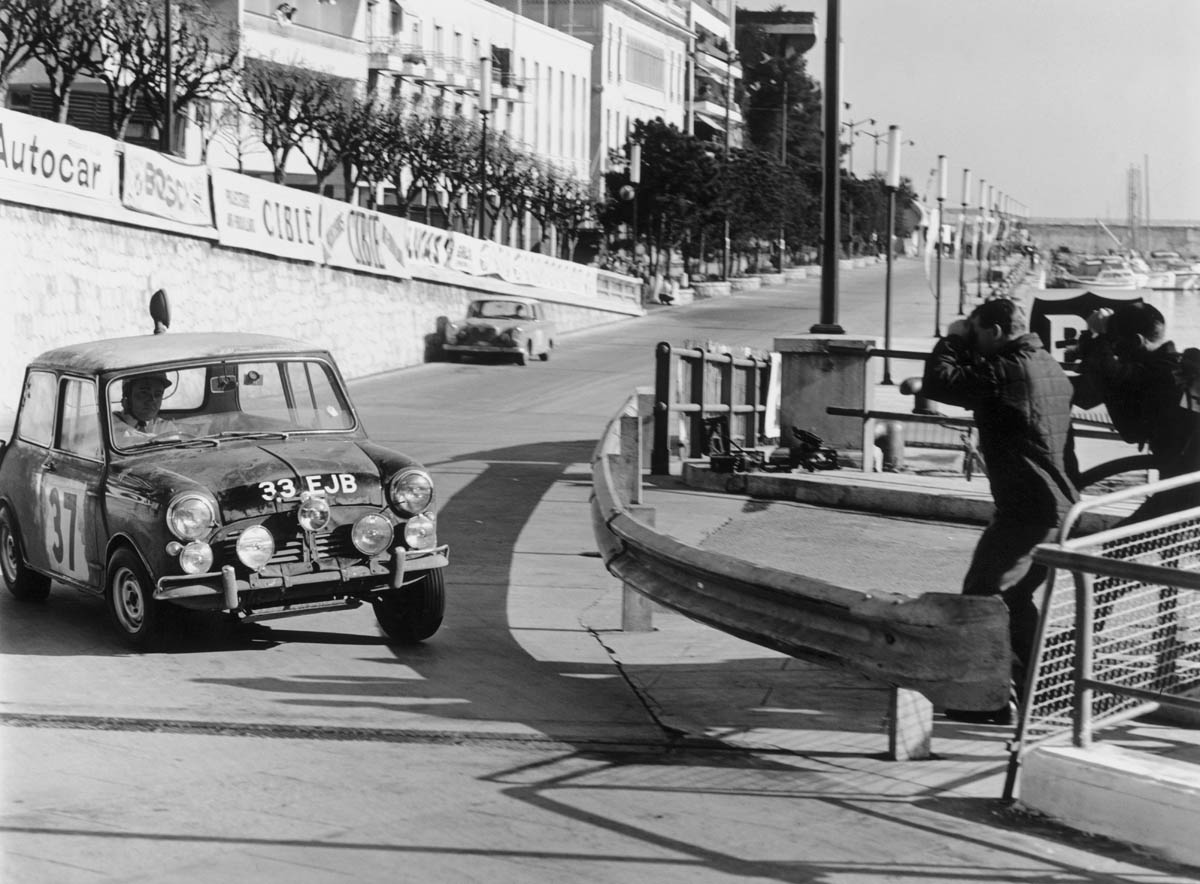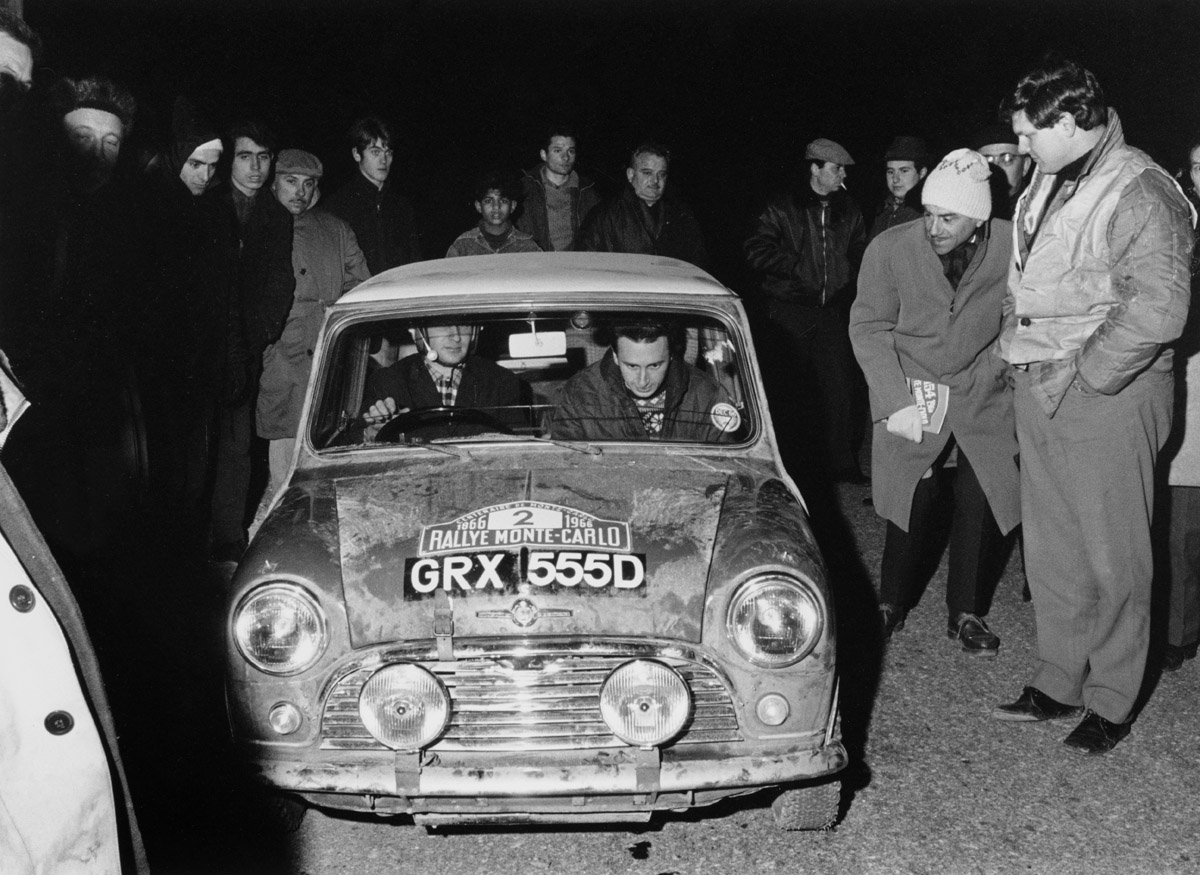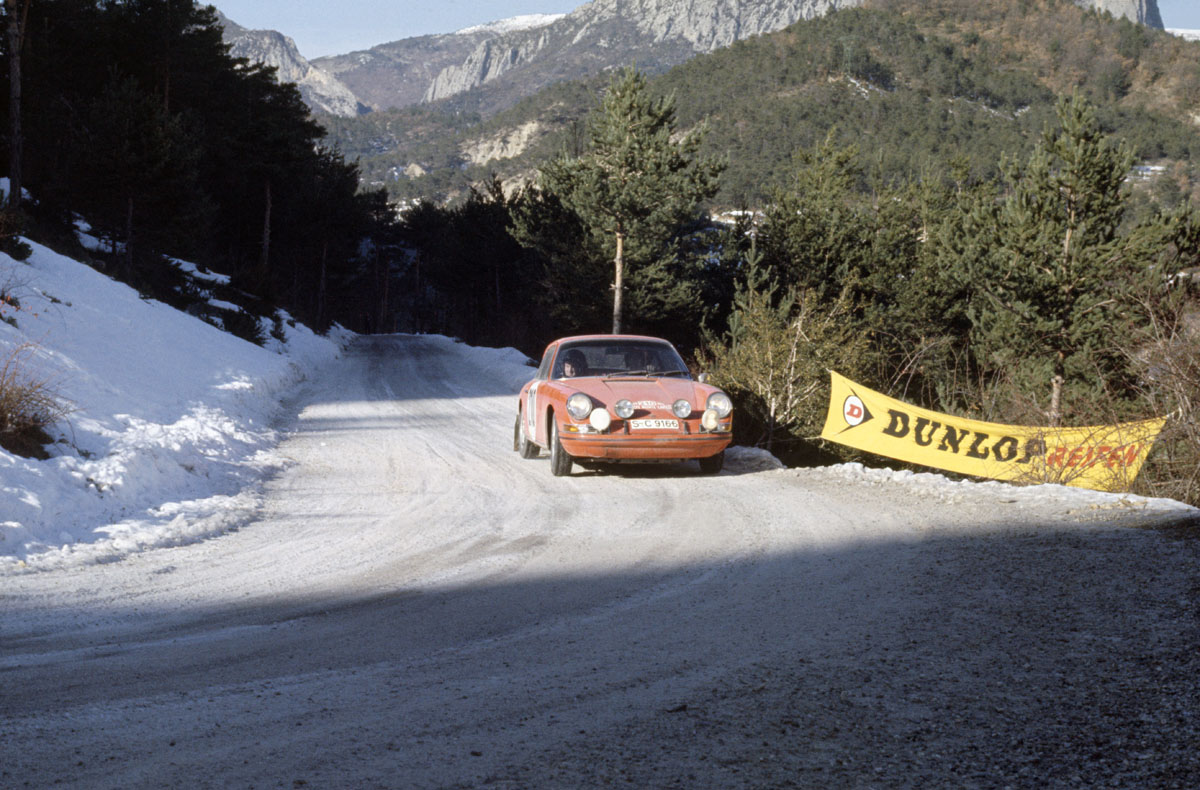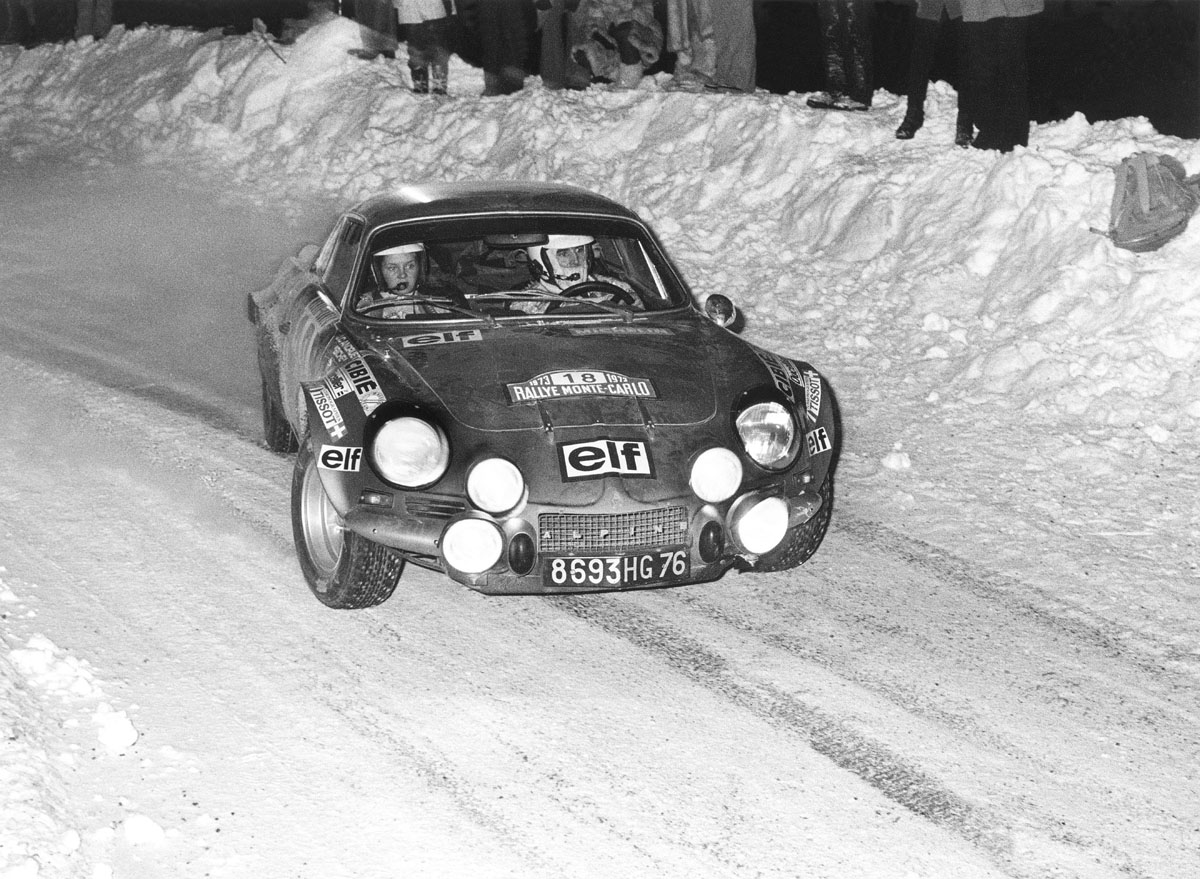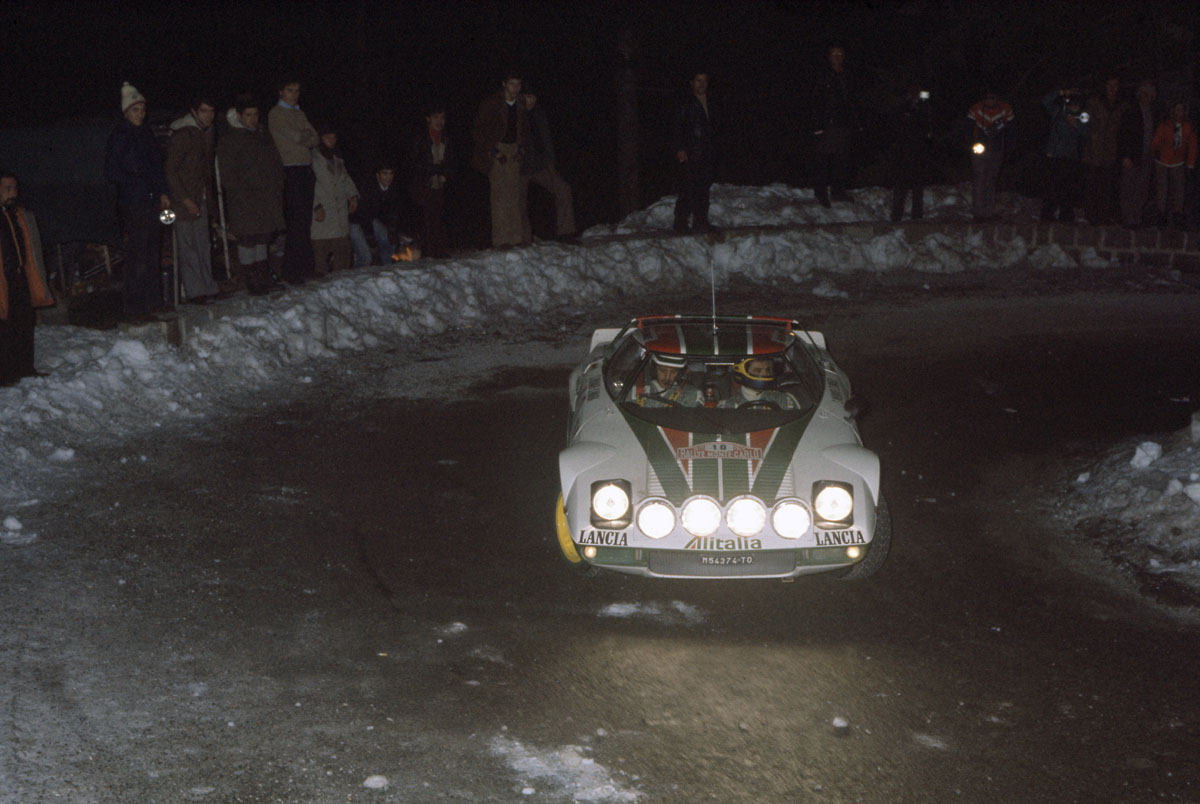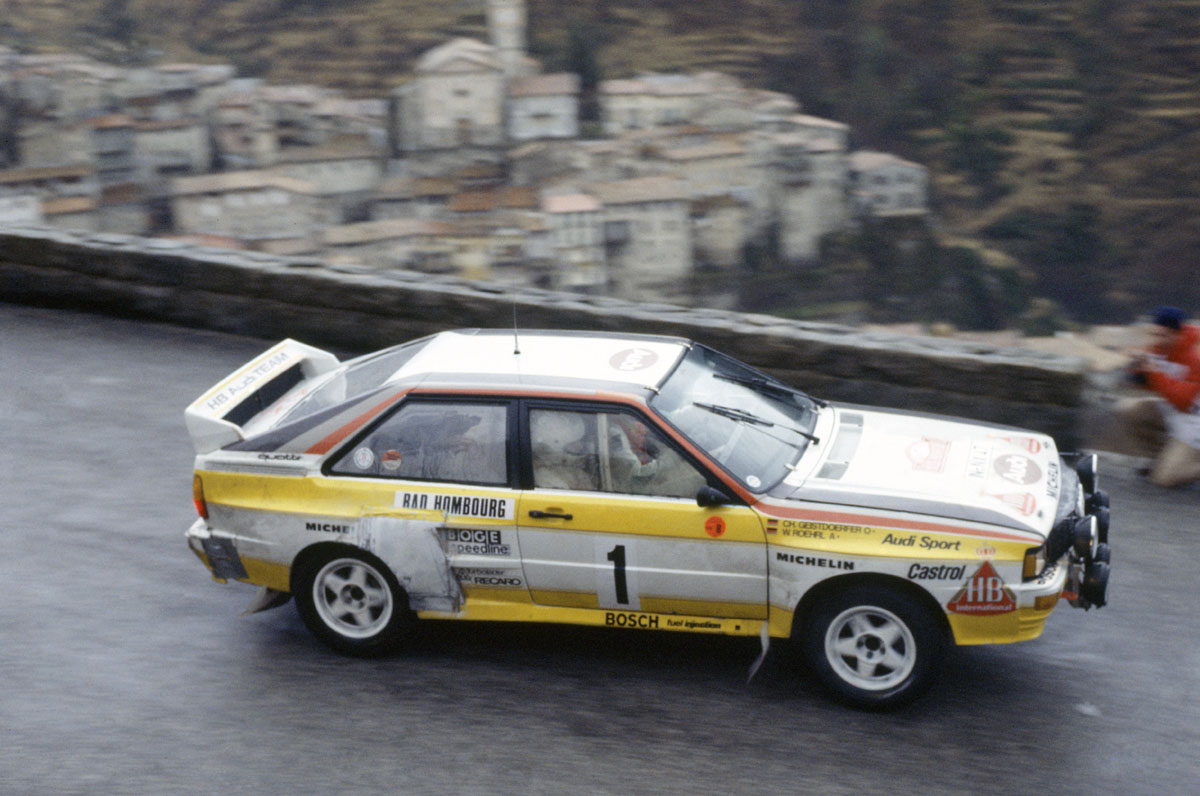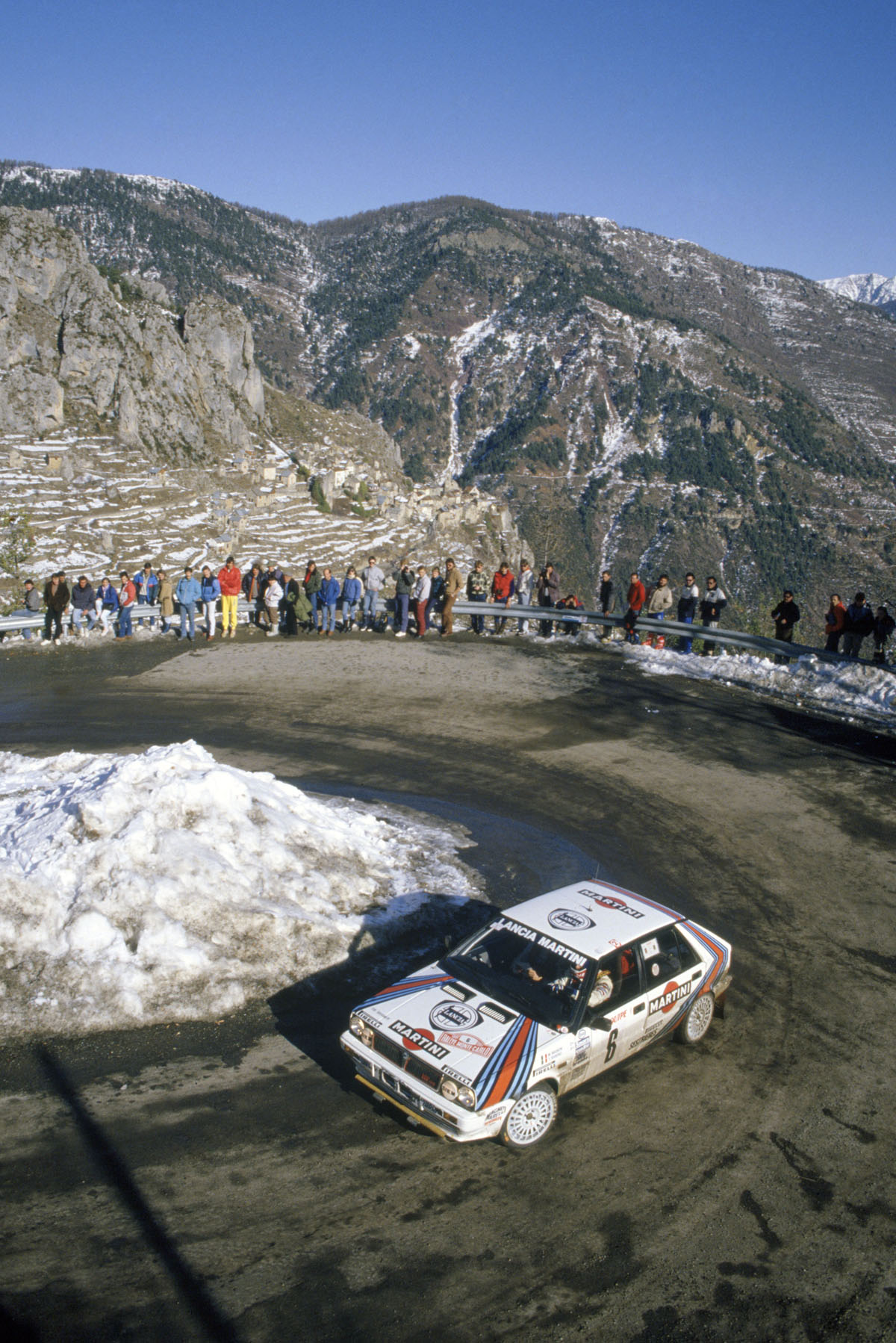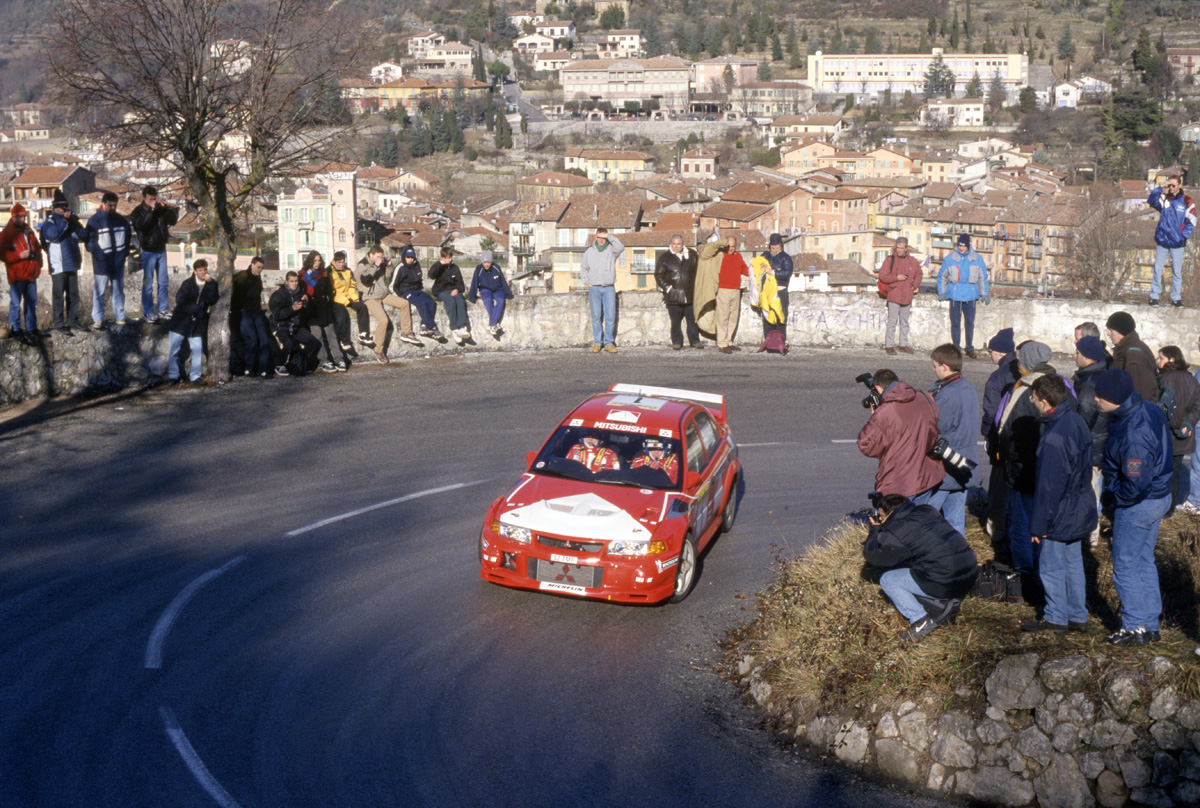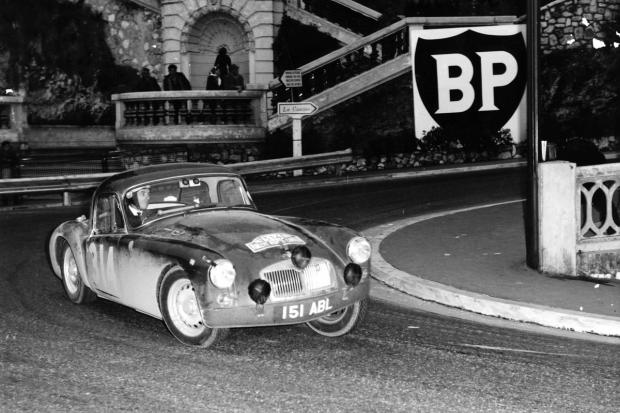
The Rallye Monte-Carlo is one of the oldest and most testing in the sporting calendar, mixing the glamour of Casino Square with the challenge of driving snow-swept mountain passes for more than 100 years.
The first event took place in 1911 at the behest of Prince Albert I of Monaco, two years after the inception of the Automobile Club de Monaco, and involved participants racing to the Principality from 11 different starting points throughout Europe. The early days were about far more than outright pace – contestants were also marked on the elegance of their car, and the level of comfort enjoyed by its passengers.
As time progress, the rally became better regulated and featured greater emphasis on sporting prowess, until 1973 and the arrival of the World Rally Championship.
To this day, 'the Monte' is an important stage on the international rally calendar.
Back in the 1950s, Grand Prix drivers weren't bound by the constraints of top-flight motorsport, and competed in almost anything with four wheels. In '52, Stirling Moss finished second in a Sunbeam-Talbot 90. He is pictured here with John Cooper and secretary of the BRDC, Desmond Scammell.
